Motorcycle Investor mag
Subscribe to our free email news
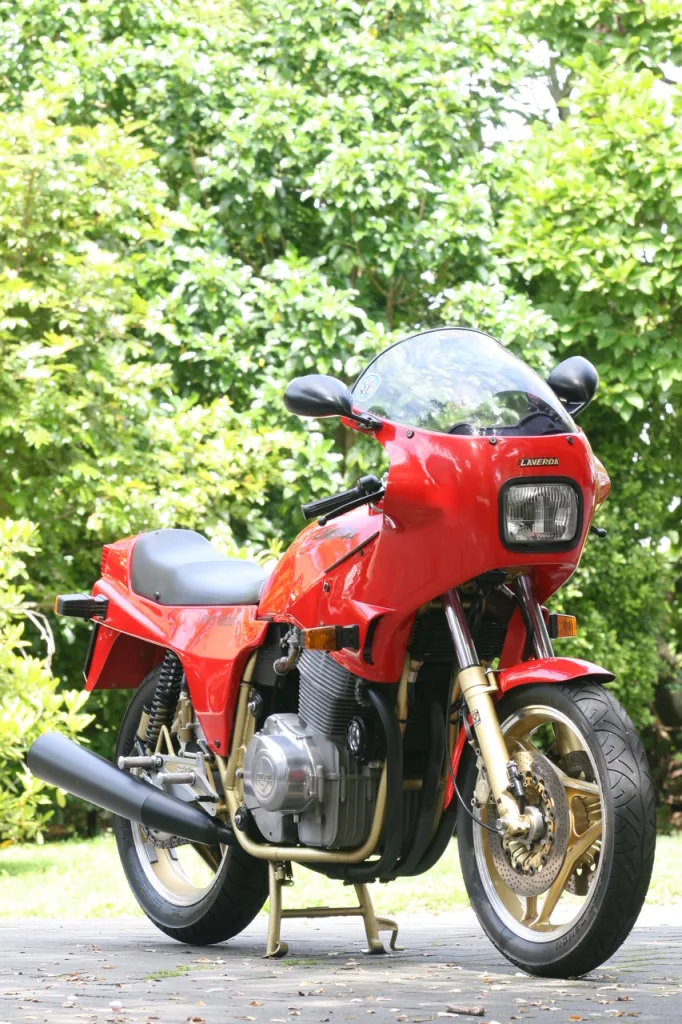
Laverda SFC1000
(by Ian Falloon, Mar 2022)
Laverda's
eighties swansong
Laverda’s legend was
built around the 750 SFC, the bright orange factory
racers that dominated European endurance racing in the
early 1970s. As the 750 twin became outclassed Laverda
turned towards the fire breathing 180-degree 1000cc Jota
triple to sustain the myth.
But by the 1980s not
even the roguish exhaust note or rush of upper end power
could disguise the 180’s excessive vibration caused by
the two outside pistons rising and falling together.
Laverda sought to tame their triple with the more
orthodox 120-degree crankshaft layout, in the process
creating a motorcycle with a completely different
character.
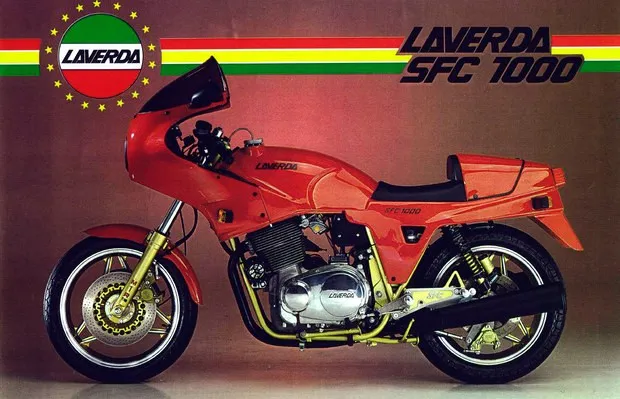
Like all Italian
manufacturers, Laverda struggled to survive in the early
1980s. The 120-degree triple was still an engine rooted
in the past and the RGA, RGA Jota, and RGS Executive
were misguided attempts at increasing sales. By the end
of 1984 it was obvious that Laverda was in serious
financial difficulty, but they surprised everyone by
releasing the SFC 1000 for 1985.
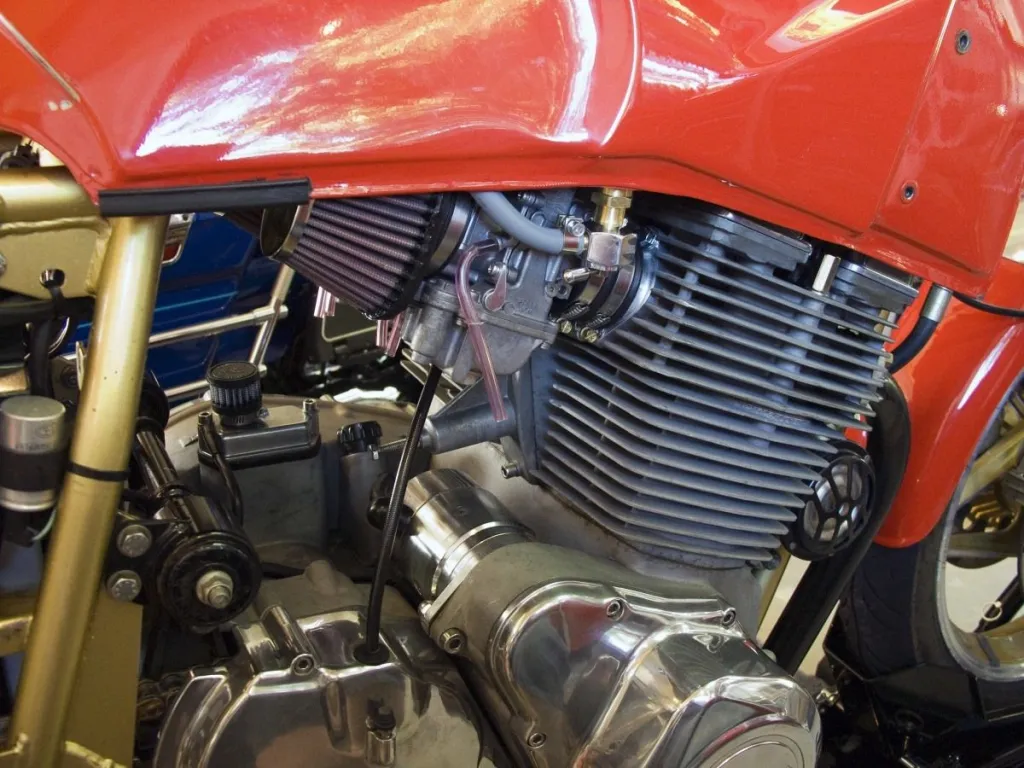
As a limited edition
model the SFC 1000 was packed with special features. The
engine was hand-assembled, the forged 10.5:1 pistons
from the factory F1 racer, and the cylinder head
modified to include larger (40.6mm) inlet valves and
smaller (34.0mm) exhaust valves. The output was 95
horsepower at 8000 rpm, and a Formula One racing kit was
optional. That included P1 (Prova 1) camshafts, 36mm
carburettors and a close-ratio transmission.
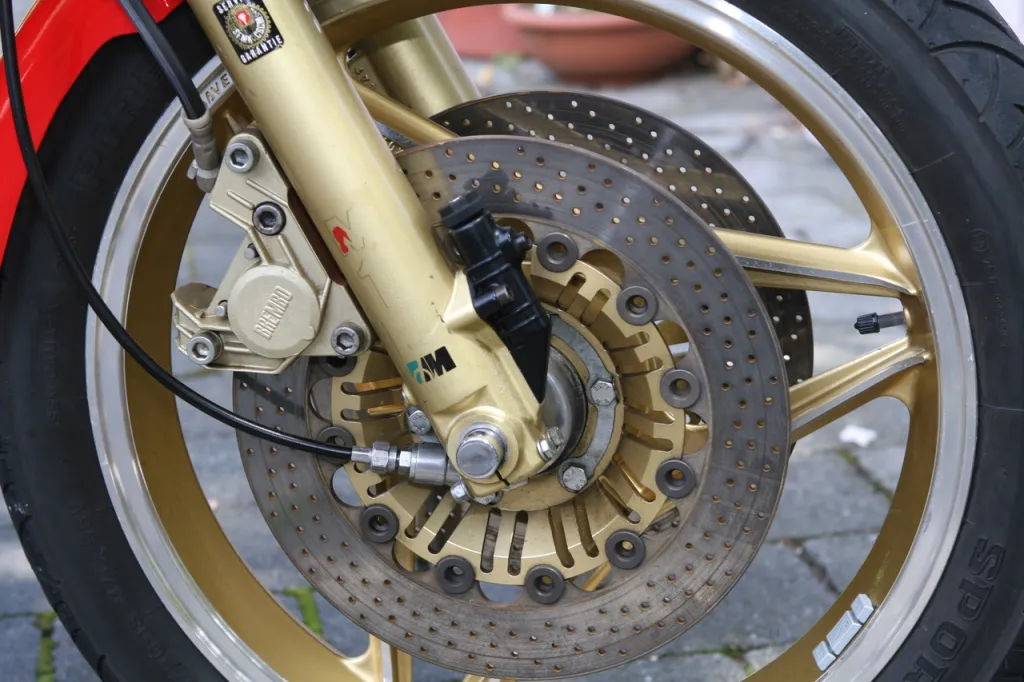
The SFC 1000 chassis was
significantly uprated over the standard RGS 1000 but it
was still old-fashioned. This chassis now included a
Verlicchi-built box-section aluminium swingarm, 41.7mm
Marzocchi M1R fork, 300mm fully-floating front disc
brakes, and three-spoke 18-inch Oscam wheels. The brakes
were Brembo Gold Series, and the rear disc full-floating
with a frame-mounted linkage. At a time when most other
manufacturers were moving towards a single rear shock,
it retained a pair of new Marzocchi remote reservoir
shock absorbers.
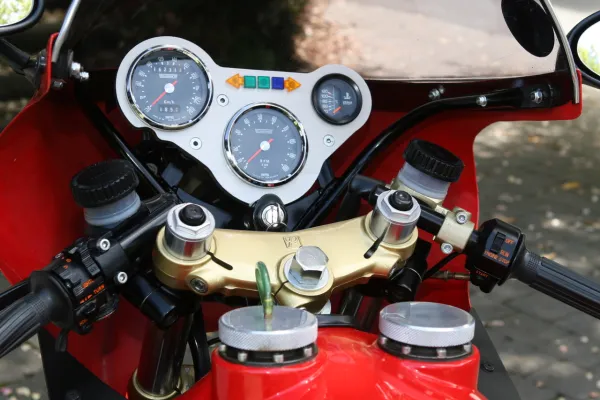
The red-painted
fibreglass bodywork was a similar style to the 1000 RGS,
but the 22-litre fuel tank had twin screw-type filler
caps. The beautifully milled SFC-emblazoned footpeg
brackets set it apart from more mundane motorcycles.
Unlike the
automotive-style instrument panel of the RGS, the SFC
panel was a simple aluminium plate with three
instruments (tachometer, speedometer, and oil
temperature gauge).
Rolling on a long 1528mm
wheelbase, and weighing a daunting 248kg, the SFC 1000
created a huge presence and it was an overwhelming
motorcycle for anyone short in stature.Once rolling it
was impressive. Stability was unquestioned and the power
seamless almost from idle.
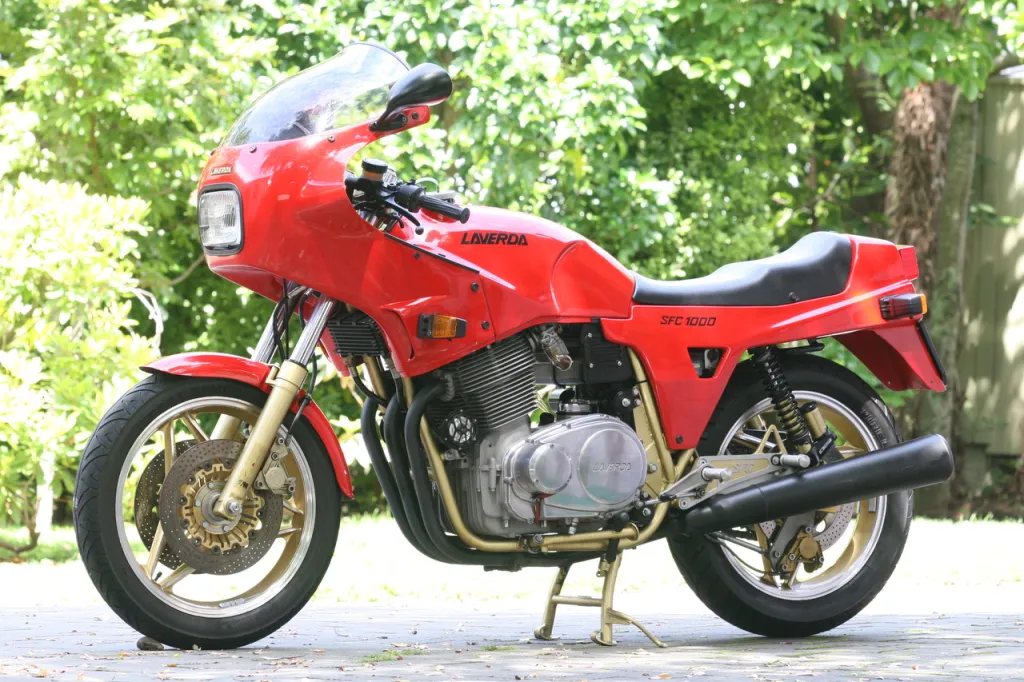
At a time when
motorcycle design was embracing innovation, the SFC 1000
remained a bastion of conservatism. Although
representing an earlier age, the SFC 1000 ensured the
Laverda legend didn’t die with a whimper.
With classically
beautiful styling the SFC 1000 also benefited from years
of development. What was already a robust design
was perfected into an extremely reliable machine, with
excellent handling and performance.
With the wonderful SFC
1000 the classic Laverda triple finally finished, and
for many they were the last real Laverda motorcycles.
See the period road test from Classic Two Wheels
-------------------------------------------------
Produced by AllMoto abn 61 400 694 722
Privacy: we do not collect cookies or any other data.
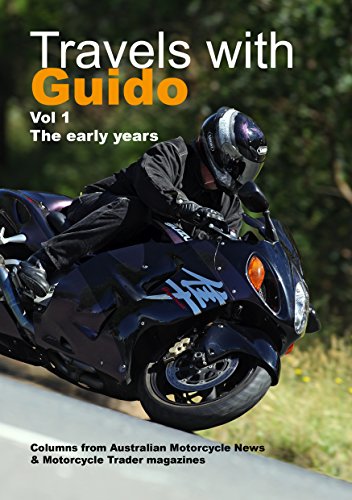
Archives
Contact





